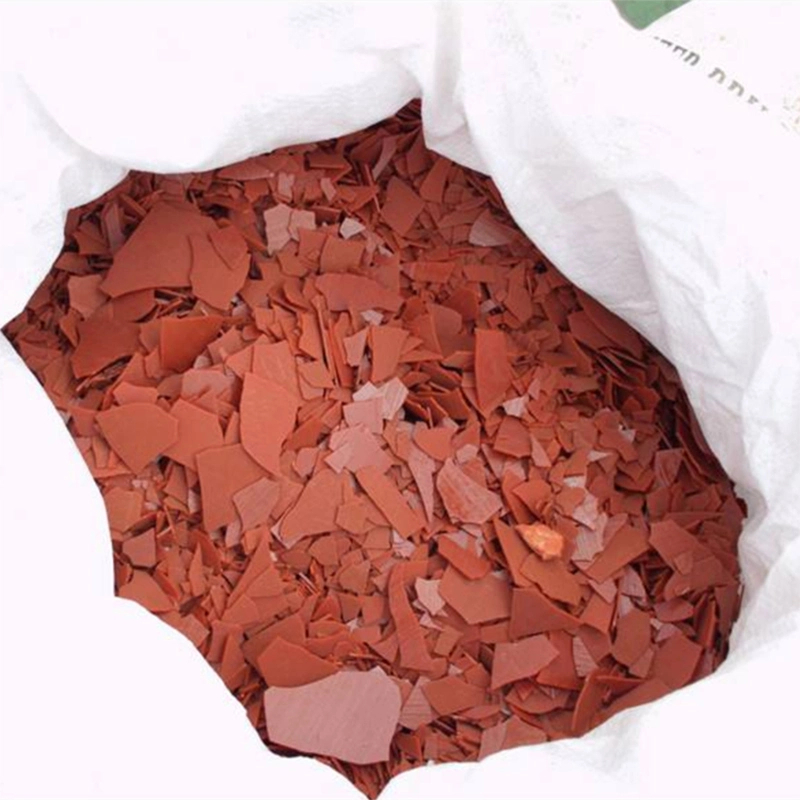



water purification chemicals
Water Purification Chemicals An Essential Component for Clean Drinking Water
Access to clean drinking water is fundamental to human health and well-being. However, with increasing pollution and contamination in water sources, ensuring the purity of drinking water has become a critical concern worldwide. Water purification chemicals play an essential role in treating water to make it safe for human consumption, eliminating pathogens, toxins, and other impurities that can pose serious health risks.
Understanding Water Contaminants
Before diving into water purification chemicals, it's essential to understand the types of contaminants that can be found in water sources. These typically fall into several categories
1. Biological Contaminants These include bacteria, viruses, and protozoa that influence the safety of drinking water. Contaminated water can lead to diseases such as cholera, dysentery, and gastrointestinal infections.
2. Chemical Contaminants Heavy metals (like lead and mercury), pesticides, industrial chemicals, and by-products of disinfection processes can seep into water sources, posing health threats.
3. Physical Contaminants Sediments, organic matter, and other physical materials can cloud water and harbor pathogens.
Common Water Purification Chemicals
To combat these contaminants, several key types of chemicals are commonly employed in water purification processes
1. Coagulants These chemicals, typically aluminum sulfate (alum) or ferric sulfate, help to remove suspended particles from water. They work by causing smaller particles to clump together into larger aggregates, which can then be removed through sedimentation or filtration.
2. Disinfectants The primary aim of disinfectants, such as chlorine, ozone, and ultraviolet light, is to kill or inactivate harmful microorganisms. Chlorine is one of the most widely used disinfectants due to its effectiveness and residual properties, ensuring ongoing protection against recontamination.
water purification chemicals

3. Flocculants Often used in conjunction with coagulants, flocculants aid in the aggregation of particles. Polymers are commonly used as flocculants, enhancing the removal efficiency of particulates and microorganisms during the treatment process.
4. Adsorbents Activated carbon is a widely used adsorbent that effectively removes organic compounds, chlorine, and other contaminants through chemical adsorption. This process greatly improves water taste and odor, making it more palatable.
5. pH Adjusters Chemicals such as lime or sulfuric acid are utilized to adjust the pH of water. Ensuring the water is at the proper pH level not only promotes the effectiveness of other treatment chemicals but also reduces corrosion and scaling in distribution systems.
6. Anti-Scaling Agents In areas with hard water, anti-scaling agents like phosphates are often used to prevent scale formation in pipes and equipment. This helps prolong the lifespan of water treatment infrastructure.
Sustainable Practices in Water Treatment
The reliance on chemical methods for water purification raises concerns regarding the potential for chemical-related residues and by-products. As such, many water treatment facilities are moving towards more sustainable practices. This includes the integration of physical treatment methods like membrane filtration and advanced oxidation processes, which can reduce the need for certain chemicals while still effectively purifying water.
Furthermore, the exploration of bioremediation techniques, which involve the use of natural organisms to break down pollutants, offers a compelling alternative. These environmentally friendly methods not only purify water but also minimize the ecological footprint associated with traditional chemical treatments.
Conclusion
The importance of water purification chemicals cannot be overstated in the quest for safe drinking water. They are critical in addressing the diverse range of contaminants present in water supplies. However, as the global community becomes increasingly aware of environmental sustainability, the focus may shift toward integrating chemical treatments with greener, more efficient purification methods. Striking a balance between effective water treatment and environmental responsibility will be key to ensuring clean water for future generations.
Ultimately, continued research, innovation, and investment in water purification technologies will be essential as societies strive to provide safe drinking water to all, a right that remains fundamental to health and prosperity.
-
Why Strontium Carbonate Still MattersNewsJun.06,2025
-
Why BaSO4 MattersNewsJun.06,2025
-
Why Barium Carbonate Still MattersNewsJun.06,2025
-
Strontium Hydroxide: A Versatile Compound for Modern ApplicationsNewsJun.06,2025
-
Strontium Chloride in Daily IndustryNewsJun.06,2025
-
Pure Potassium Nitrate for SaleNewsJun.06,2025
-
What Is Sodium Bisulfate Used For?NewsMay.15,2025










